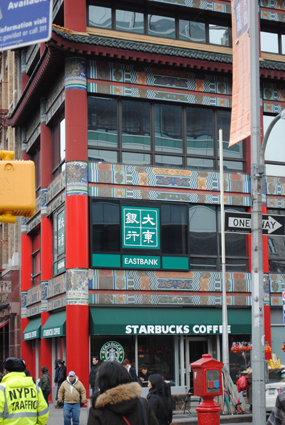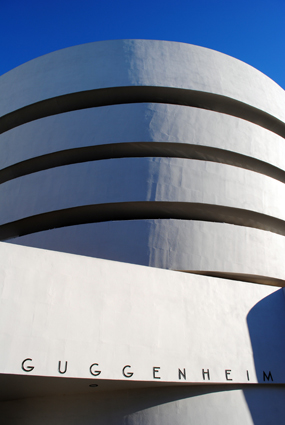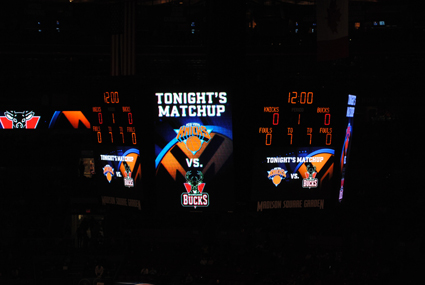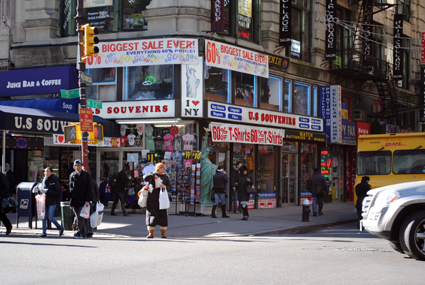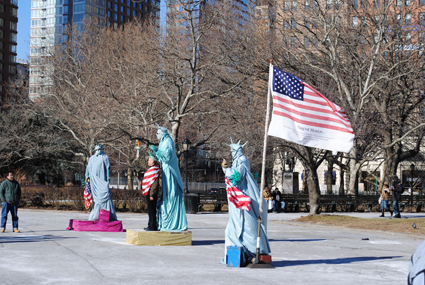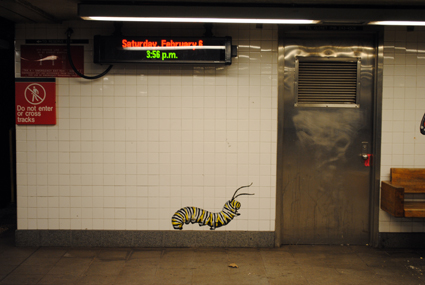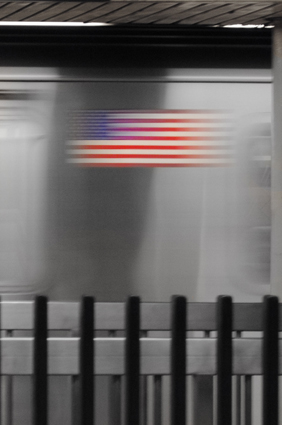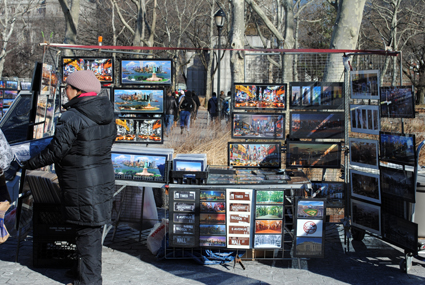I have been playing around with photos from New York and matching them up to a quote. I have conducted a fair bit of research into quotes about New York. I have decided on a 24 page book, with a double page spread designated for one photo and one quote. The photo could appear as a full bleed/filling part of the page, a full/cropped photo. My next step is playing around with the composition. Here are the quotes and images I have matched together, in no particular order.

[Front/back wrap around]

“A hundred times have I thought New York is a catastrophe, and fifty times: It is a beautiful catastrophe.”
-Le Corbusier

“This corner — it is said — became notorious as an especially windy spot, partly due to the shape of the building. Young men would gather in the hope that a gust would blow a woman’s skirt up to provide them with a momentary voyeuristic thrill.”
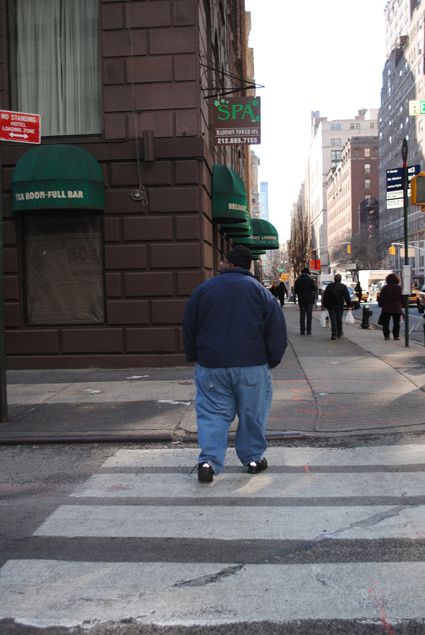
“When I arrived at Ellis Island they served us coffee and doughnuts. That was the first time that I ever saw or ate a doughnut and I thought it was great! It tasted so good. Of course at home we didn’t have anything like that!”
Signe Bergman, a Swedish immigrant in 1916, interviewed in 1987.

“You can’t throw a stick in New York City without hitting a Starbucks. They are on every other street corner for heavens sake.”
-David Stephens
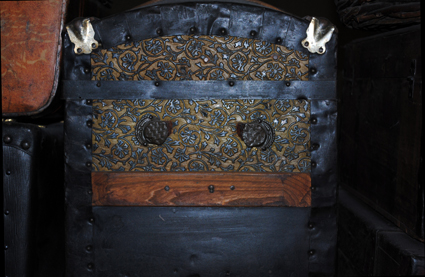
“They asked us questions. ‘How much is two and one? How much is two and two?’ But the next young girl also from our city, went and they asked her, ‘How do you wash stairs, from the top or from the bottom?’ She says, ‘I don’t go to America to wash stairs.’”
Pauline Notkoff, a Polish Jewish immigrant in 1917, interviewed in 1985.

“You have a lot of truly tacky souvenir shops in New York.”
-Judith Larcombe, tourist
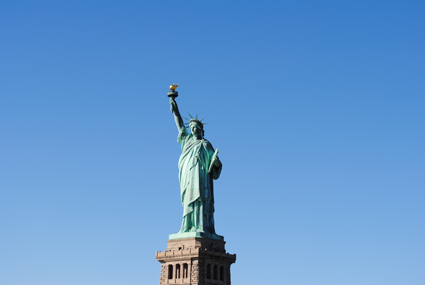
The last time I was inside a woman was when I was inside the Statue of Liberty.”
-Woody Allen

Most of the people living in New York have come here to make enough money to go back to the farm.
-Don Marquis

“And one woman, so the story goes, purposely abandoned her late husband’s ashes to repay him for the nights he claimed to have fallen asleep on the last train home when, in fact, he was with his mistress. They [Grand Central Terminal Lost and Found] learned this months later when a woman called to confess.”
-Ken Belson

“New York Taxi Rules:
1. Driver speaks no English.
2. Driver just got here two days ago from someplace like Segal.
3. Driver hates you.”
– Dave Barry
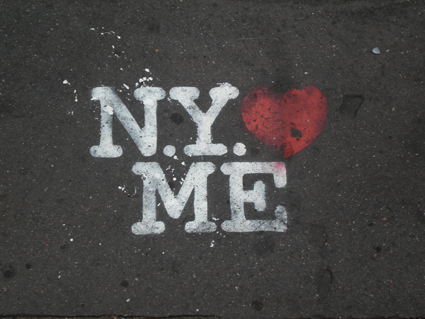
“It is an ugly city, a dirty city. Its climate is a scandal. Its politics are used to frighten children. Its traffic is madness. Its competition is murderous. But there is one thing about it – once you have lived in New York and it has become your home, no other place is good enough.”
-John Steinbeck







 Posted by zoecoles
Posted by zoecoles 












